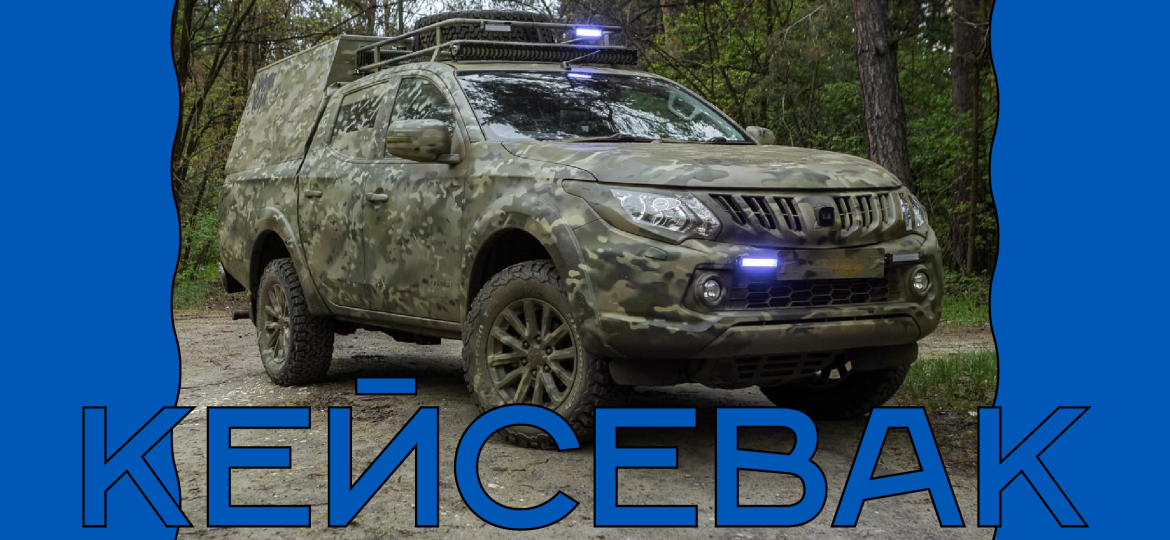The importance of using a casepack at the front
On a modern battlefield, fast and efficient transportation of the wounded is one of the key factors in preserving the lives and health of military personnel. CASEVAC (Casualty Evacuation) is the process of rapid evacuation of the wounded from the combat zone to places where qualified medical care can be provided. The importance of casevac is growing every year, especially in the high pace of modern conflicts, where every minute can decide whether the wounded will survive.
1. Reducing the time to medical care
One of the main principles of providing assistance in combat is the “golden hour” rule, according to which the wounded should receive first aid and be taken to a place where they will receive qualified care within an hour of being injured. The Caseevac allows to significantly reduce this time, which significantly increases the chances of survival. A delay of even a few minutes can lead to serious consequences, as the risk of blood loss, infection, or injury complications increases.
2. Improving the morale of the military
Knowing that if they are injured, they will be evacuated quickly and receive care boosts morale. Confidence in the existence of a clear medical evacuation system reduces fear, helping soldiers stay focused on their tasks. Such psychological reinforcement also affects the resilience of soldiers to stress, which is extremely important in combat conditions.
3. Reducing the number of complications
Rapid evacuation of the wounded with the help of a case carrier significantly reduces the risk of complications. Injuries on the battlefield are often accompanied by severe blood loss, infection and other threatening conditions that can deteriorate quickly. The Caseevac allows for the rapid transportation of the wounded to medical facilities where they will be examined by doctors, stabilized and provided with the necessary assistance, minimizing the risk of serious consequences.
4. Reducing the burden on the front line
Caseevac allows to relieve the burden from the frontline, where there are usually limited resources for medical care. The wounded who remain on the front lines require constant care and resources that may not be available for other military needs. With the help of a case truck, the wounded are quickly moved to places where they can be provided with the necessary care, allowing the frontline resources to be focused on combat missions.
5. Support for international standards
In war, the use of casevacs is an indicator of compliance with modern standards of warfare and human rights. According to the Geneva Conventions and other international standards, the wounded have the right to medical care regardless of their nationality or party to the conflict. Caseevac is an important component of compliance with these standards, as it ensures proper and prompt care for the wounded.
6. Reducing civilian deaths in the combat zone
Caseevac is also important for rescuing civilians who may come under fire or be injured during hostilities. Civilians often do not have access to medical supplies, so evacuating the wounded from the front line also saves civilian lives, reducing the overall number of casualties in the conflict zone.
Conclusion.
The use of case packs at the front is not only a matter of preserving the lives and health of the military, but also an important moral and humanitarian aspect of modern warfare. It helps to avoid numerous casualties, reduces stress factors for soldiers, and upholds the standards of international humanitarian law. In the context of modern warfare, with its technology and transience, case management is becoming an essential element of the military medicine system and remains a key factor in maintaining the effectiveness of the army.

